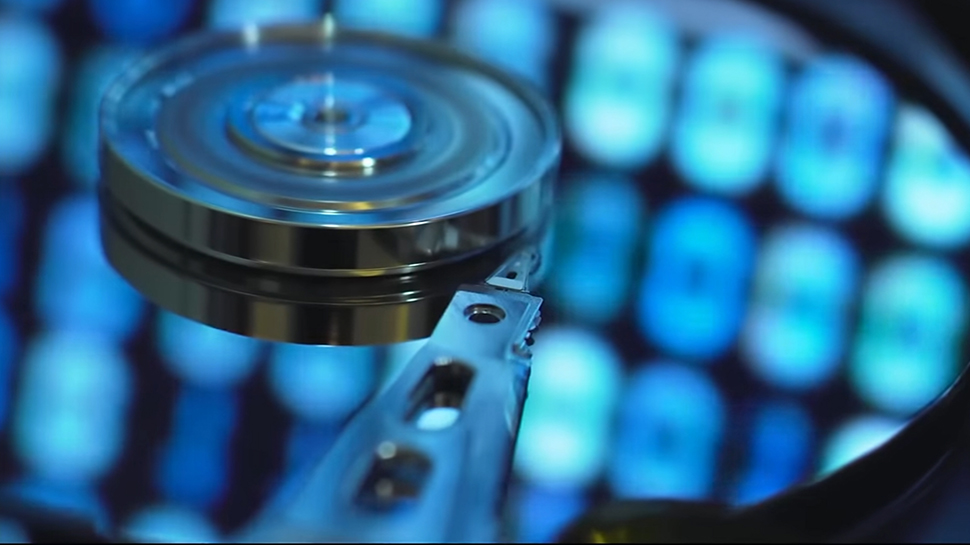Western Digital plans to launch 40TB HDD next year using HAMR technology and a pinch of flash memory
WD says AI-driven storage demand will spike in late 2026

- Western Digital targeting 40TB HDDs by late 2026 using HAMR tech
- OptiNAND and UltraSMR will boost capacity until HAMR adoption begins to drive growth
- Storage demand from AI boom is expected to arrive in late 2026
Western Digital recently held an investor day, with a primary focus on how it intends to supercharge hard drive capacity within a decade.
WD’s detailed roadmap showed a clear technological evolution from energy-assisted Perpendicular Magnetic Recording (ePMR) to Heat-Assisted Magnetic Recording (HAMR), and ultimately to Heat Dot Magnetic Recording (HDMR), at which point it will be targeting capacities in excess of 100TB.
By 2026, WD said its HDD capacity will reach 36TB-44TB thanks to HAMR technology which uses laser heating to temporarily lower the magnetic resistance (coercivity) of the disk, allowing for significantly denser data writing.
Waiting for demand
In a recent interview with PC Watch, Kimihiko Nishio, sales manager for Western Digital Japan, went into further details on the company’s plans.
“Other companies have started adopting HAMR with 30TB HDDs, but we believe HAMR’s true potential begins at 40TB," Nishio said.
"Until then, we'll continue using technologies like OptiNAND and UltraSMR to increase the capacity of existing HDDs up to 40TB.” OptiNAND, integrates flash memory with HDDs to boost capacity, performance, and reliability, while UltraSMR, uses advanced error correction to pack data tracks more densely than traditional SMR.
“We’re targeting the latter half of 2026 for the release of 40TB drives,” Nishio said, adding that WD is "currently developing HAMR with that goal in mind.” He explained that while data generation is booming, particularly due to AI advancements, storage demand is still catching up.
Are you a pro? Subscribe to our newsletter
Sign up to the TechRadar Pro newsletter to get all the top news, opinion, features and guidance your business needs to succeed!
“Right now, there's a huge surge in demand for generative AI, but storage hasn't really benefited from it yet. Currently, the biggest beneficiaries are GPU servers. First, data is being generated in large volumes, and after that, it will need to be stored. That’s where we expect storage demand to spike.”
Western Digital is timing its production plans to coincide with this predicted demand. “We anticipate that spike will happen in the second half of 2026, which is why we're aligning our HAMR-based high-capacity HDD development to that timeframe,” Nishio said.
“Since HAMR production requires a complete overhaul of materials, starting production now while demand is still low (e.g., for 40TB drives) would result in high costs. But we expect that in 2–3 years, demand will rise, allowing us to offer them at reasonable prices.”
Nishio also shared Western Digital’s even more ambitious long-term vision. “Looking further ahead, we plan to release 100TB drives by 2030, after which we’ll pursue even greater capacities using new technologies,” he said.
You might also like
- These are the fastest hard drives you can buy right now
- And these are largest SSDs and HDDs on the planet
- Hundreds of the world's largest hard disk drive have gone on sale online

Wayne Williams is a freelancer writing news for TechRadar Pro. He has been writing about computers, technology, and the web for 30 years. In that time he wrote for most of the UK’s PC magazines, and launched, edited and published a number of them too.
You must confirm your public display name before commenting
Please logout and then login again, you will then be prompted to enter your display name.